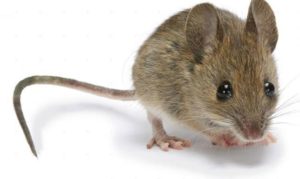Mice Exterminator White Plains, NY
Mice Exterminator White Plain, NY. Will Get Rid of Your Mice Problem
The house mouse is the most commonly encountered and economically important of the commensal rodents. House mice are of Central Asian origin, but they are distributed worldwide and can be found throughout the United States. House mice are not only a nuisance, but they can pose significant health and property threats.
mice breed rapidly and can adapt quickly to changing conditions. In fact, a female house mouse can give birth to a half dozen babies every three weeks and can produce up to 35 young per year.
What Do House Mice Look Like?
House mice are typically dusty gray with cream-colored bellies. so Fur color varies from light brown to dark gray depending on the mouse’s location. Also House mice have four legs and a round shaped body. Their muzzles are pointed, and their ears are large with some hair. House mice range from 2.5 to 3.75 inches long. Their tails are usually 2.75 to 4 inches long.

What Do House Mice Eat?
In nature, mice prefer to eat cereal and seeds, but they will also eat insects, nuts and fruits. Inside structures, mice will consume almost any human food, but prefer grain based products.